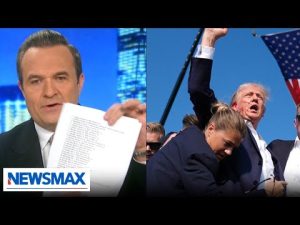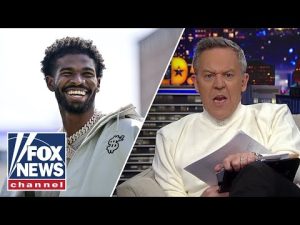**The Mel Kiper Quagmire: A Deep Dive into NFL Draft Drama**
Every spring, fans gear up for the NFL Draft, a time when dreams of football glory collide with the often baffling assessments of talent by analysts. This year, Mel Kiper Jr., the veteran draft expert known for his unmistakable hairstyle and bold opinions, found himself embroiled in controversy. Kiper’s recent lamentations about the NFL’s inability to properly evaluate quarterbacks have some folks shaking their heads, while others are just trying to figure out where they stored their remote control.
Kiper is known for his strong opinions, but analysts are not above criticism. His rants about how clueless the league has been regarding quarterback assessments stirred quite the pot. In his second-round pick predictions, he grumbles about the NFL’s historical struggles with quarterback evaluations. With a history of misjudged prospects—think JaMarcus Russell or the surprise success of quarterbacks drafted later like Dak Prescott—it’s no wonder he’s so vocal. But as fans digress into debates about whether Kiper knows what he’s talking about, some wonder if he’s simply staging a dramatic fit to capture the audience’s attention.
One name that keeps resurfacing in this discussion is Shadour Sanders, son of NFL legend Deion Sanders. Kiper expressed disbelief about Sanders falling to the fourth round, labeling it “disgusting.” He argued that the young quarterback possesses traits like accuracy, toughness, and arm strength that should have made him a higher pick. However, critics are quick to remind Kiper that performance in college doesn’t always translate to success in the pros. Goodness, if only Kiper could dwell in our collective past for the memory of many college football stars who floundered in the NFL!
It’s worth pondering the reasons behind such a dramatic drop for Sanders. Is it possible that the media’s framing of his story has played a role in he’s perceived? Those who watch the NFL draft know the dramatic narratives that can sway opinions both in the front office and among fans. Shadour’s presence alone, often characterized as part of a “traveling circus,” could be off-putting for teams looking for a distraction-free environment. When every move, every tweet, and every highlight reel comes packaged with a side of media attention, teams may opt to avoid the potential headache, no matter how talented the player might be.
Some argue that the presentation of race in sports is frequently at the forefront of discussions, and this drama surrounding Sanders has reflected that reality. Kiper and the broader media landscape may have created a narrative that paints Sanders more as a victim of systemic issues within the NFL than simply an athlete waiting for his chance. High-profile quarterbacks often have pressure on their shoulders, and with that pressure comes a desire for teams to avoid potential drama. It’s as if teams want to take no chances if they’re not sure about the character of a player, regardless of how he performs on the field.
In the end, this draft season has illuminated more than just player rankings and bold praises; it has revealed a deeper cultural divide in how we evaluate talent, race, and the narratives that sports media constructs. As Kiper continues to defend his predictions, one must wonder if there are more layers to this once-clear-cut process. Somebody might just need to hand him a dictionary of humility and say, “You’re not just a commentator, you’re part of the conversation!” The NFL draft may simply be a game of speculation, but it is a game where everyone has a stake in the outcome—especially those in the press who shape the narratives that captivate the audience. So as fans, let’s hope both the analysts and the front offices learn from history, for the draft is a tricky business where talent isn’t the only thing being evaluated, and sometimes, perception is reality.







